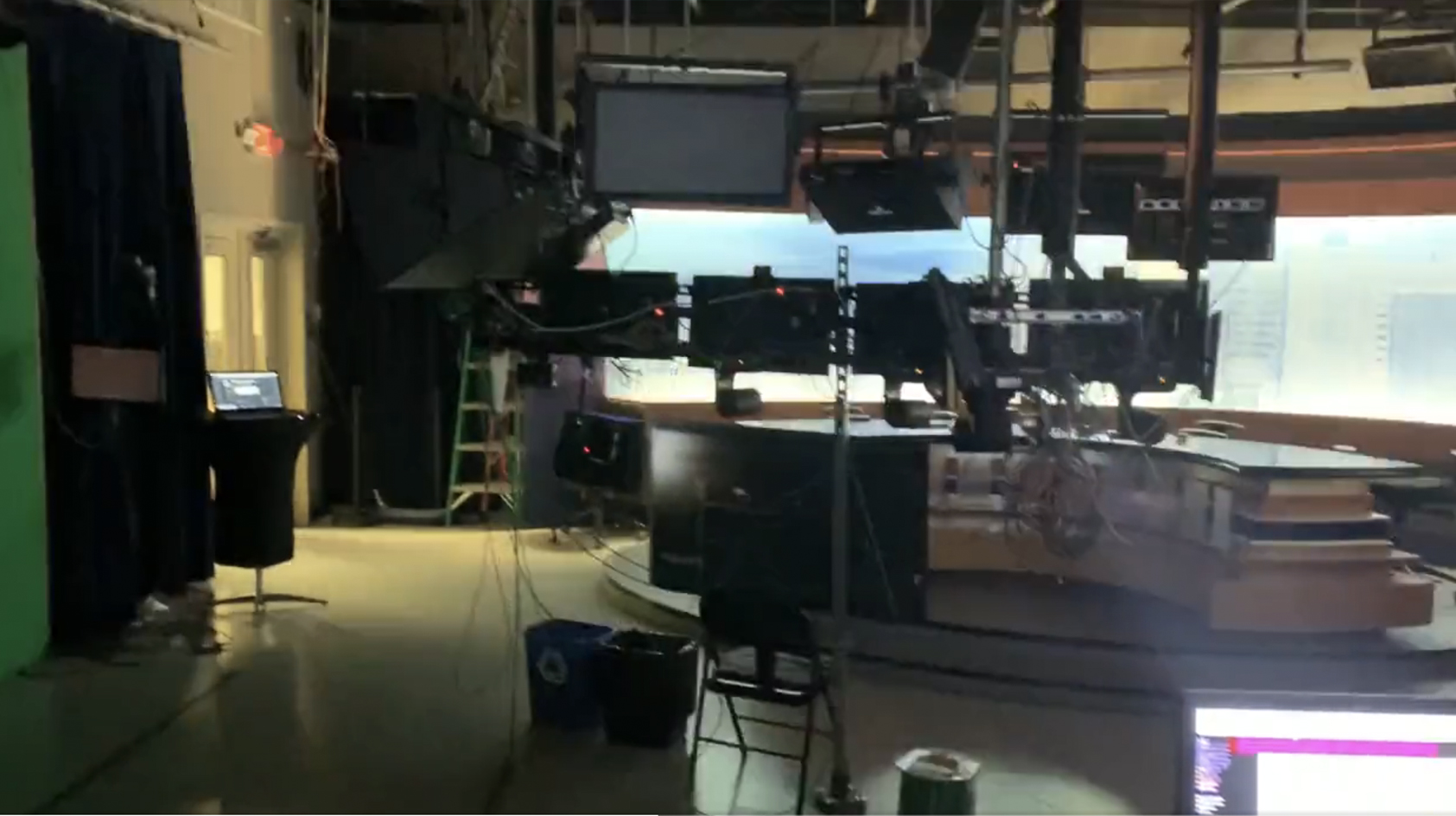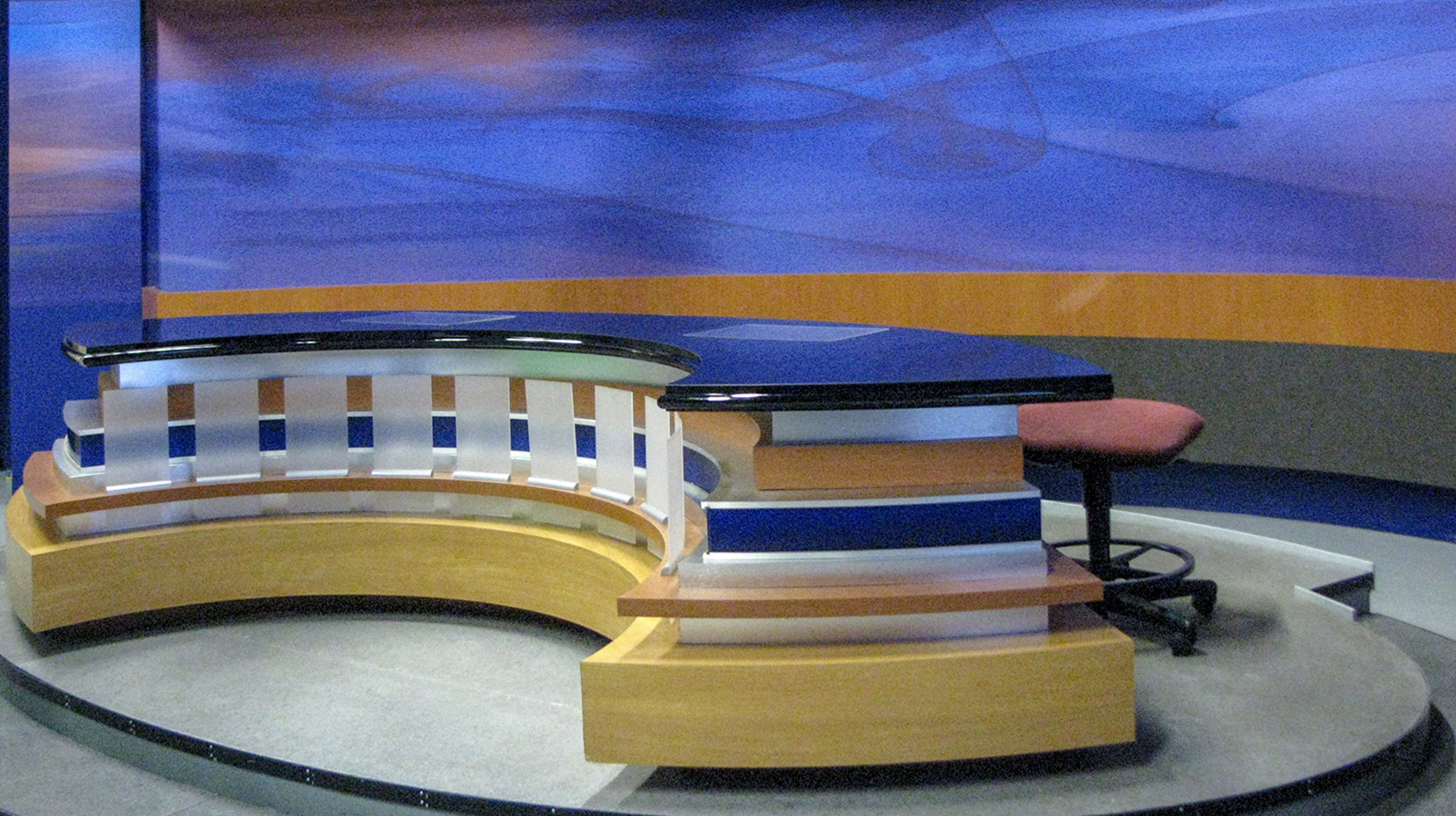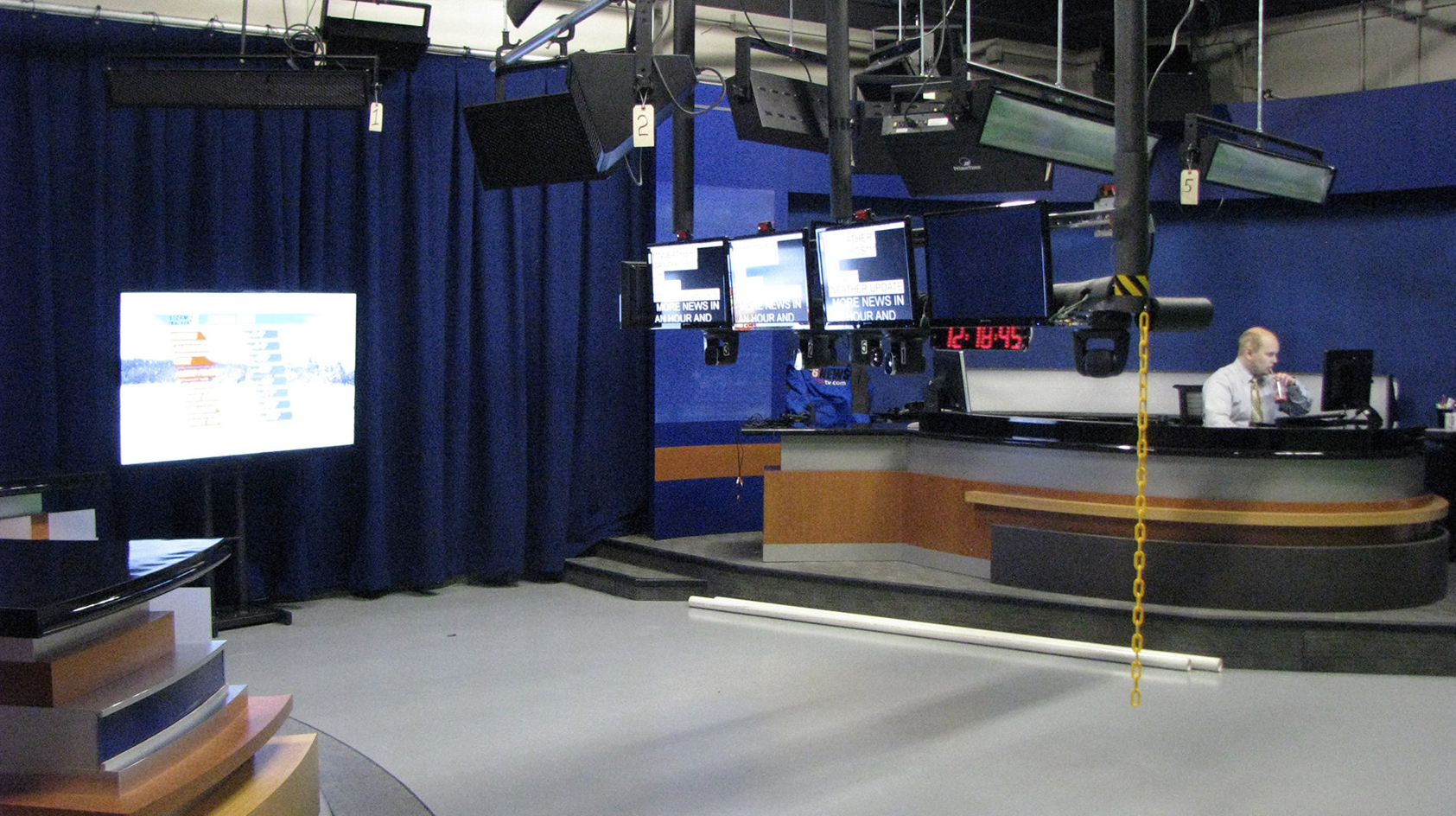Severe weather treats Minnesota meteorologist to lightshow in studio

Subscribe to NCS for the latest news, project case studies and product announcements in broadcast technology, creative design and engineering delivered to your inbox.
Due to some severe weather causing interruptions to the power supply, one meteorologist was treated to a bit of a light show while working away in the studio weather office.
KAAL Chief meteorologist Chris Kuball posted a short video clip of the station’s set and studio seemingly going haywire Monday, May 30, 2022.
The station, which brands on-air as “6 ABC News” is licensed to Austin/Albert Lea/Rochester, Minnesota and Mason City, Iowa but is distinct from KVUE in Austin, Texas.
Our battery backups are keeping us afloat today with numerous brief power drops. Our studio lights don’t like those (even on battery backup)#TwilightZone pic.twitter.com/UtWY0LhTCa
— Chris |☇uball (@ChrisKuball) May 30, 2022
The set itself appeared to be deserted, but Kuball, like many meteorologists, appeared to be left working in the space because many stations also use the studio as a primary workspace for the weather team. This often includes multiple computer setups as well as the ability for forecasters to access these devices while on air tracking severe weather.
Most TV stations are hooked up to backup generators that allow them to stay on the air if the main power grid fails, but in cases where the power supply may be fluctuating, it can often cause issues like what Kuball witnessed.
Backup systems often only keep “essential” gear up and running, which can include most of the studio apparatus, and the delicate electronics in studio lighting and gear can sometimes be sensitive to power interruptions, often as a way to attempt to protect itself from overloading or damage.
Kuball said the issue was due to “power surges” in the short video, during which various monitors. duratrans and other parts of the studio can be seeing blinking on and off.

The station’s set normally looks like the photo shown above, taken around the time the station moved into a new facility by construction firm Kraus Anderson.

For reference, the station’s weather center and office, which is where Kuball captured the clip from, is seen above, as it looked when the station moved in.
The station is using a newscast automation system that relies largely on small robotic cameras and monitors mounted in large, ceiling mounted fixtures. All of the anchors and in-studio action is captured by the cameras adjusting robotically, while anchors use the monitors as a combination of teleprompters and return monitors.
This type of setup requires special scenic design considerations so that all angles can be captured using one of the multiple robotic cameras and, if necessary, have a clear view of a teleprompter screen.
Though it wasn’t immediately clear how the studio gear itself was affected, automated systems can often go haywire when repeatedly experiencing power supply issues.
Subscribe to NCS for the latest news, project case studies and product announcements in broadcast technology, creative design and engineering delivered to your inbox.




tags
KAAL
categories
Broadcast Automation, Broadcast Industry News, Camera Control & Camera Robotics, Camera Mounts & Tripods, Featured, Local News, Power Supplies